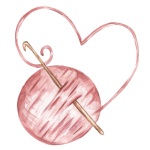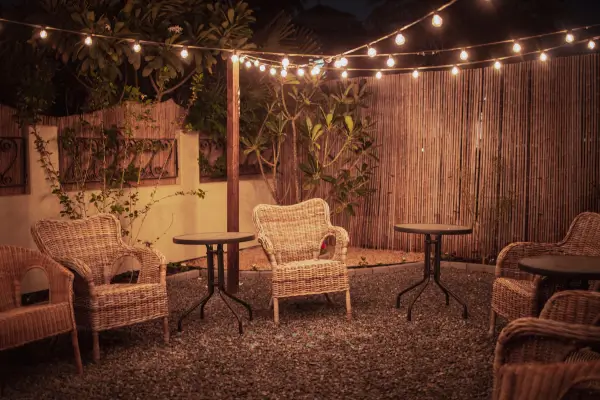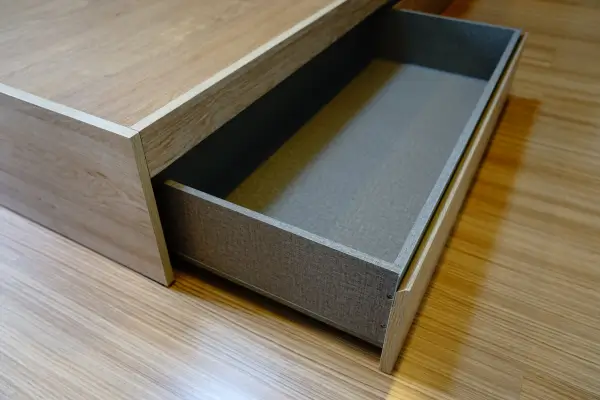Building wooden shelves at home is a practical and rewarding DIY project for beginners. It combines functionality with creativity, adding style and storage to any space.
From wall-mounted designs to freestanding structures, these shelves are customizable and budget-friendly. With basic tools and materials, you can craft sturdy shelves that suit your needs.
Start today and transform your space with handmade wooden shelves. Let’s explore how to build them step by step.
Create functional decor while developing new skills!
Choose the Right Wood
The type of wood you choose plays a significant role in the appearance and durability of your shelves. For beginners, softwoods like pine or cedar are ideal because they are easier to work with and more affordable. If you prefer a more polished look, hardwoods like oak or maple are excellent choices but may require more effort to cut and finish.
Tips for Choosing Wood:
- Inspect for cracks, knots, or warping before purchasing.
- Measure the thickness based on what the shelves will hold—thicker wood for heavier items.
- Consider reclaimed wood for a sustainable and budget-friendly option.
Gather Your Tools and Materials
Having the right tools and materials is crucial for building wooden shelves. Here’s what you’ll need:
Tools:
- Measuring tape
- Saw (hand saw or circular saw)
- Drill and drill bits
- Sandpaper or a sanding block
- Level
- Screws or nails
- Screwdriver or hammer
Materials:
- Wooden planks (cut to desired size)
- Brackets (if mounting to a wall)
- Wood glue (optional)
- Paint or wood stain (optional)
Additional Items for Decoration:
- Decorative brackets for a stylish look.
- Protective sealants to enhance durability.
Plan Your Design
Before cutting any wood, plan the design of your shelves. Decide on the following:
- Placement: Will the shelves be mounted on the wall or freestanding?
- Dimensions: Measure the length, width, and height of the shelves to fit your space.
- Style: Simple rectangular shelves are beginner-friendly, but you can experiment with unique shapes once you’re more comfortable.
Pro Tip:
Sketch out your design and include measurements to avoid mistakes during the building process. Don’t forget to consider the weight of the items you’ll place on the shelves.
Cut and Sand the Wood
Using your measurements, cut the wooden planks to the desired size. If you’re new to cutting wood, practice on scrap pieces first. Once cut, sand the edges and surfaces of each plank to smooth out splinters and prepare the wood for finishing.
Safety Tip:
Always wear protective gloves and goggles while cutting and sanding.
Sanding Tips:
- Use coarse-grit sandpaper for initial smoothing and fine-grit sandpaper for finishing.
- Sand in the direction of the wood grain for the best results.
Assemble the Shelves
If Wall-Mounted:
- Use a stud finder to locate studs in the wall for secure installation.
- Attach brackets to the wall, ensuring they are level.
- Place the wooden planks on the brackets and secure them with screws.
If Freestanding:
- Assemble the frame by attaching side panels to the base.
- Add shelves at evenly spaced intervals using screws or nails.
- Check that all pieces are securely attached before moving the structure.
For added stability, use corner braces or L-brackets to reinforce the structure.
Add Finishing Touches
To enhance the look of your shelves, consider finishing options such as:
- Painting: Use paint to match your decor.
- Staining: Highlight the natural grain of the wood with a stain.
- Sealing: Apply a protective sealant to prevent damage from moisture or wear.
Decorative Ideas:
- Use decorative brackets for a stylish touch.
- Add LED strip lights underneath for a modern look.
- Incorporate hooks for hanging lightweight items like mugs or keys.
Test and Style Your Shelves
Before loading items, test the stability of your shelves. Gradually add weight to ensure they can hold your intended items without sagging. Once stable, style the shelves with books, plants, or decorative pieces to complete the look.
Styling Tips:
- Use a mix of textures, such as ceramic vases, wooden frames, and greenery, for a balanced aesthetic.
- Incorporate personal touches like family photos or memorabilia.
Why Build Wooden Shelves?
Building wooden shelves is not only a practical project but also an opportunity to develop woodworking skills. It allows you to customize your space while saving money compared to store-bought options. Plus, the sense of accomplishment you’ll feel every time you see your handmade shelves is unbeatable.
Environmental Benefits:
By building your own shelves, you can choose sustainable materials and reduce waste. Using reclaimed wood, for example, gives old materials new life and keeps them out of landfills.
Conclusion
With this beginner-friendly guide, building wooden shelves at home becomes an achievable project for anyone. Start with a simple design, gather your tools, and take your time to create a piece that is both functional and beautiful. Whether mounted on a wall or freestanding, your new wooden shelves will add character and practicality to your home. Ready to start building? Gather your materials and unleash your creativity today!



